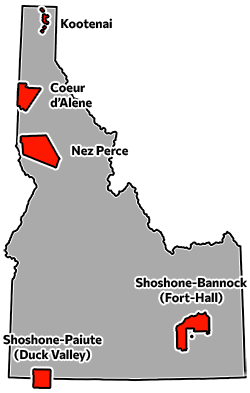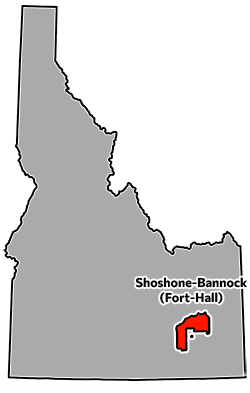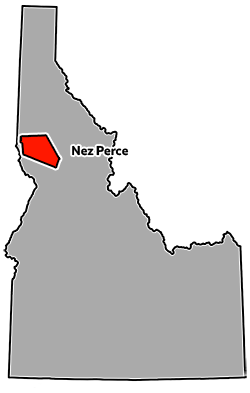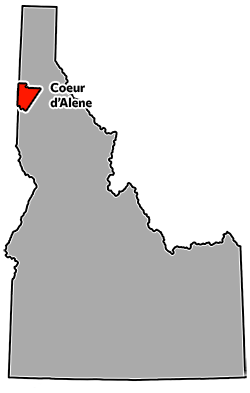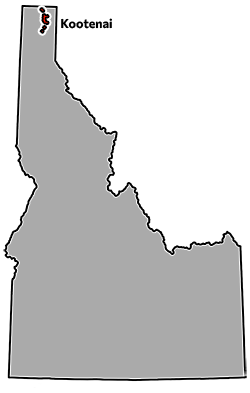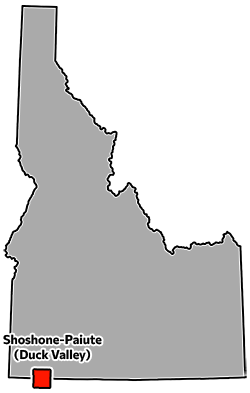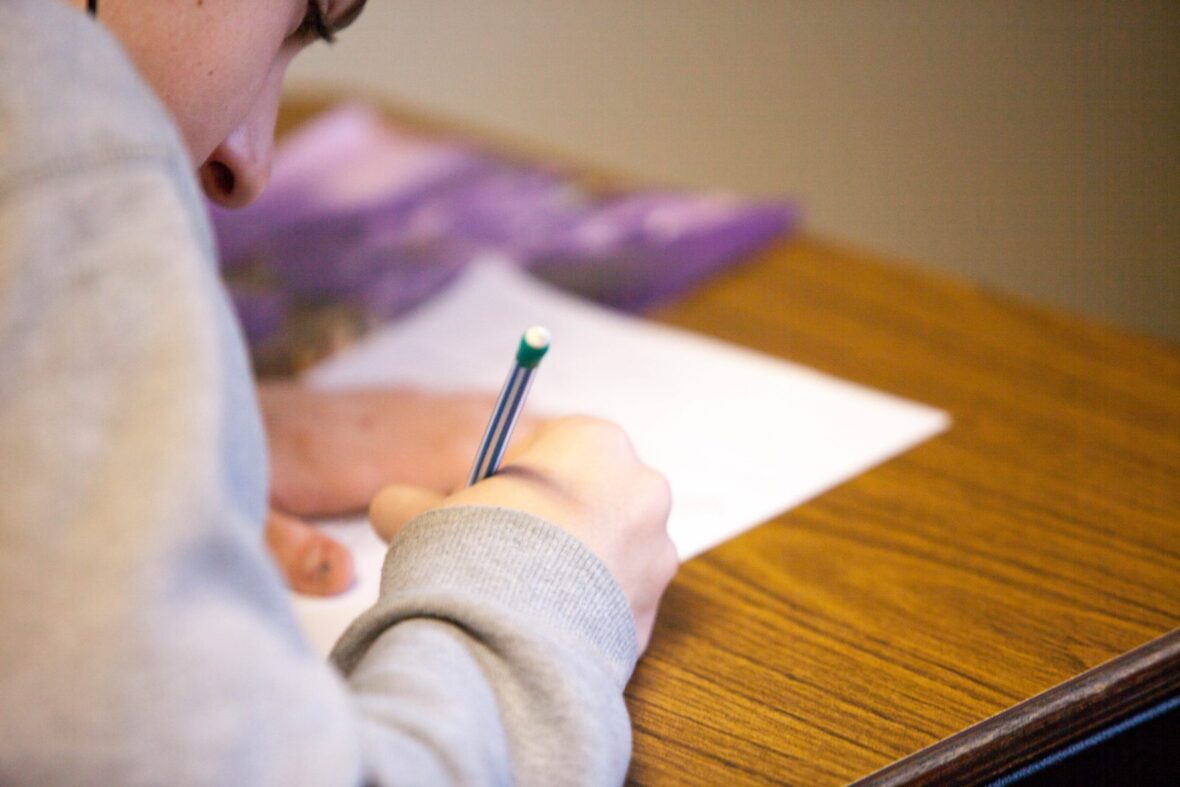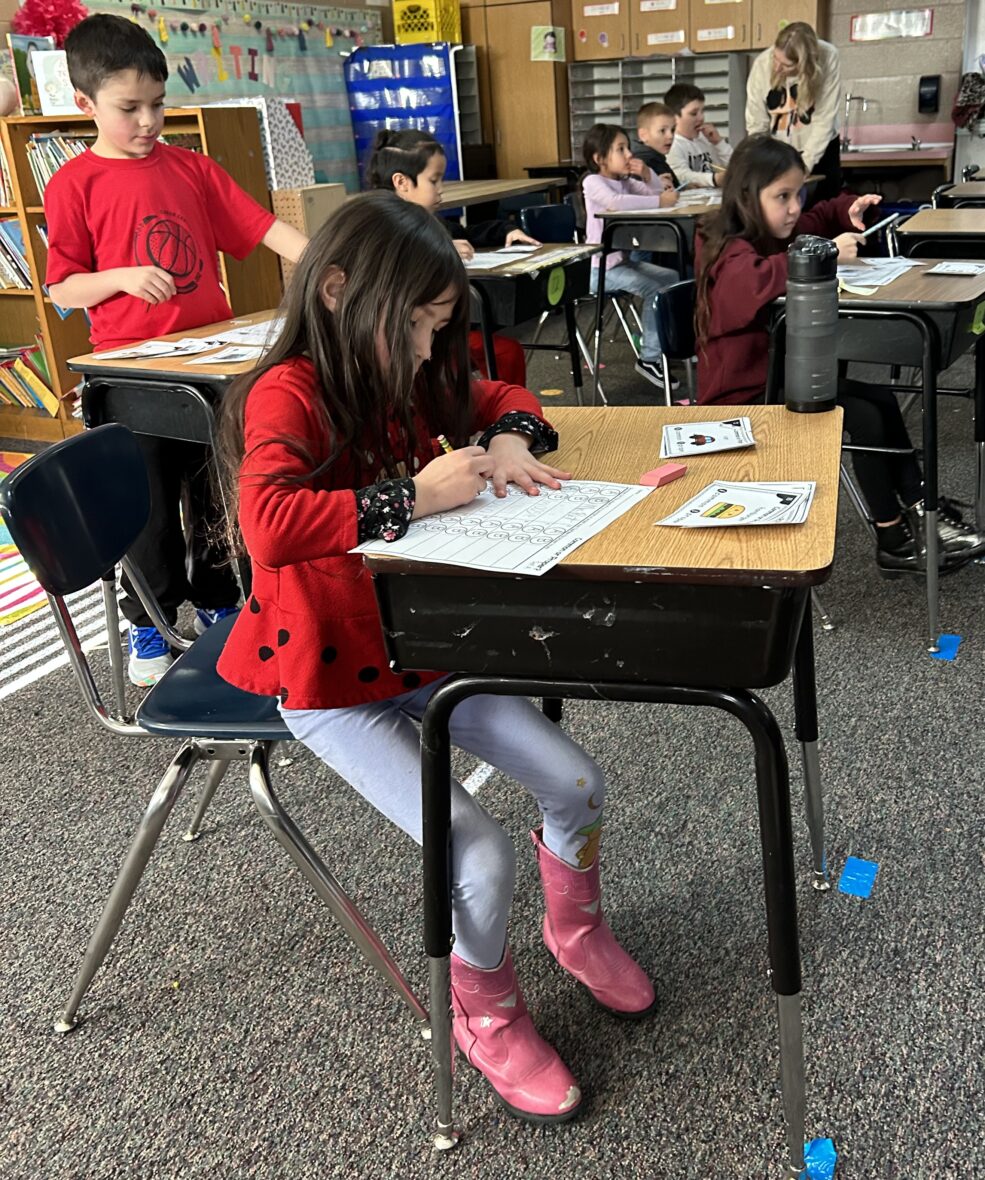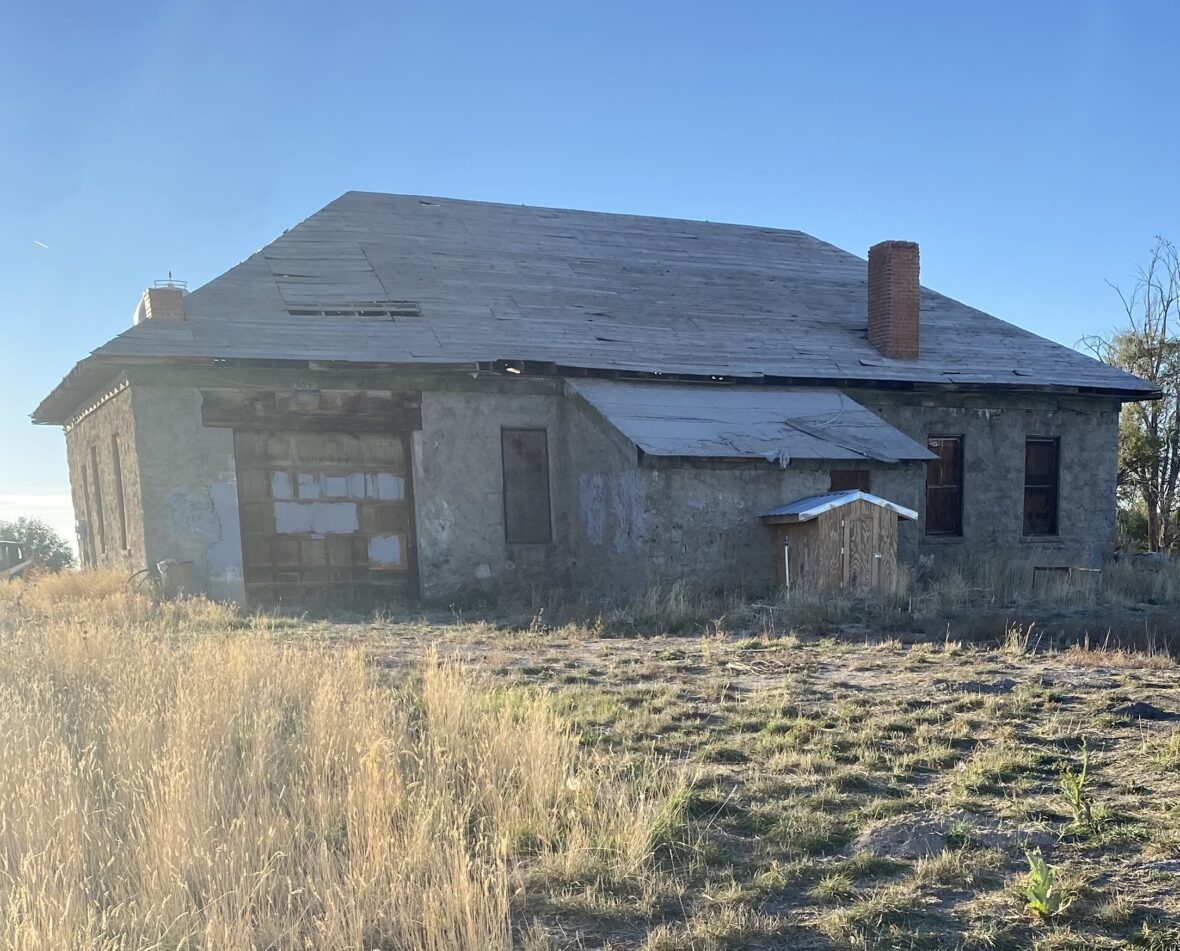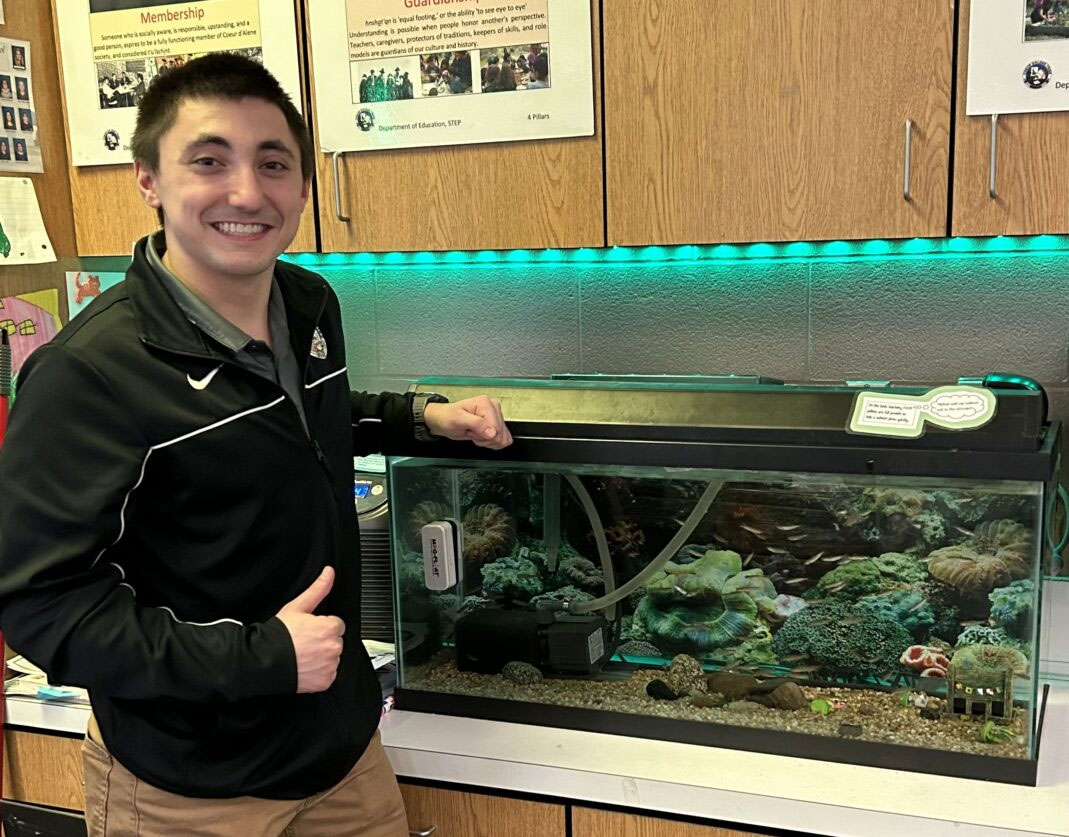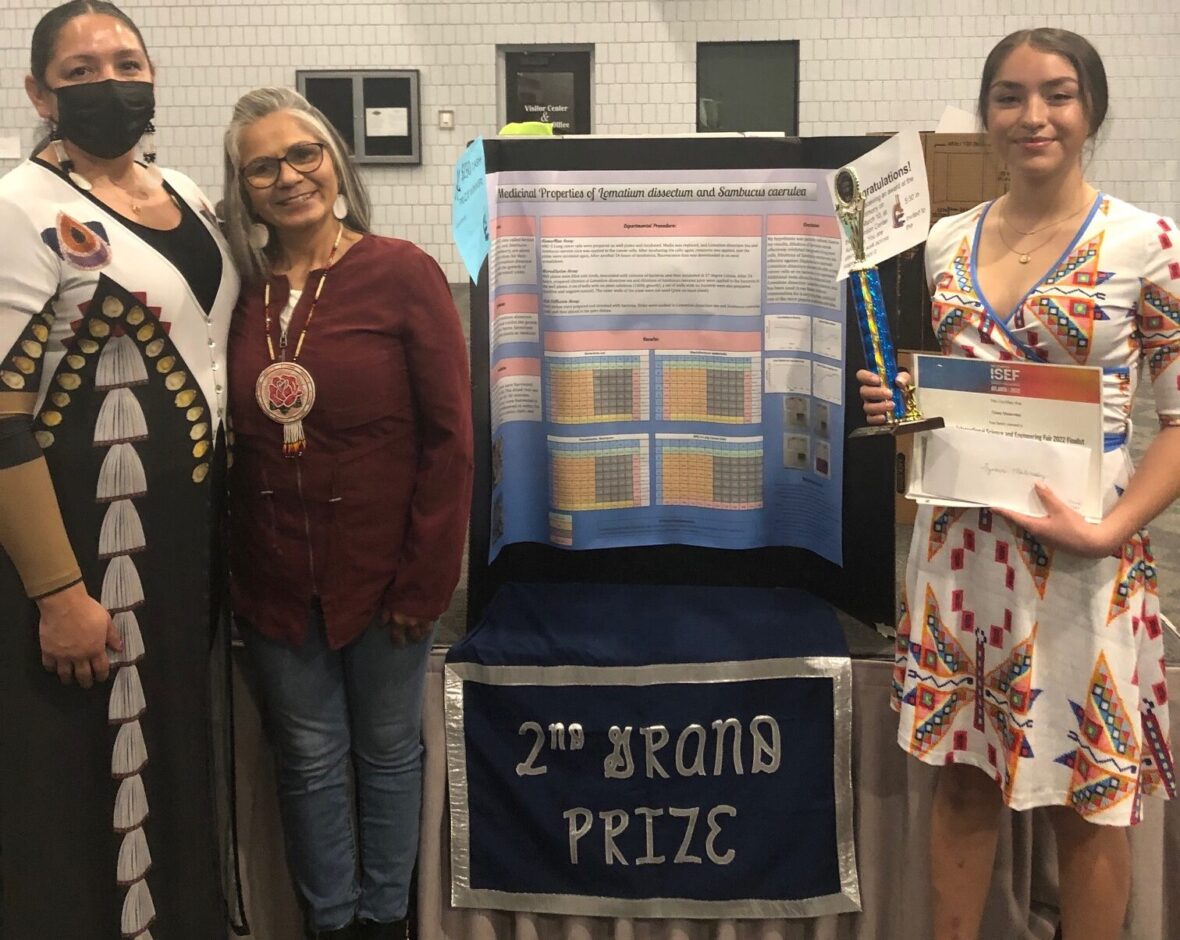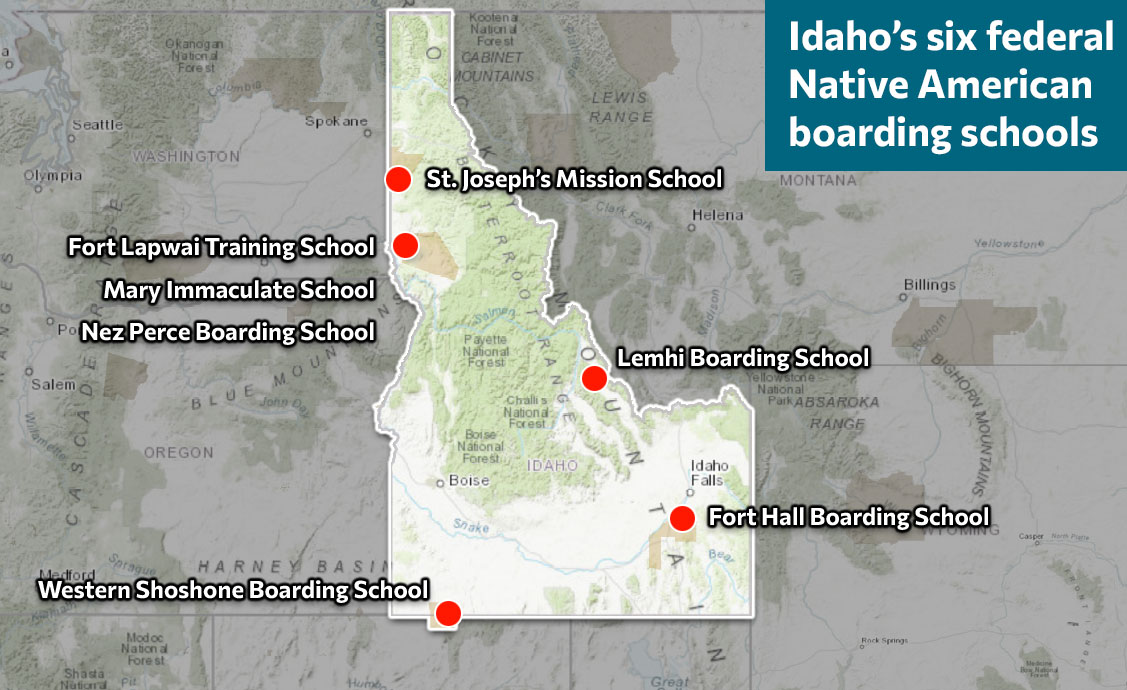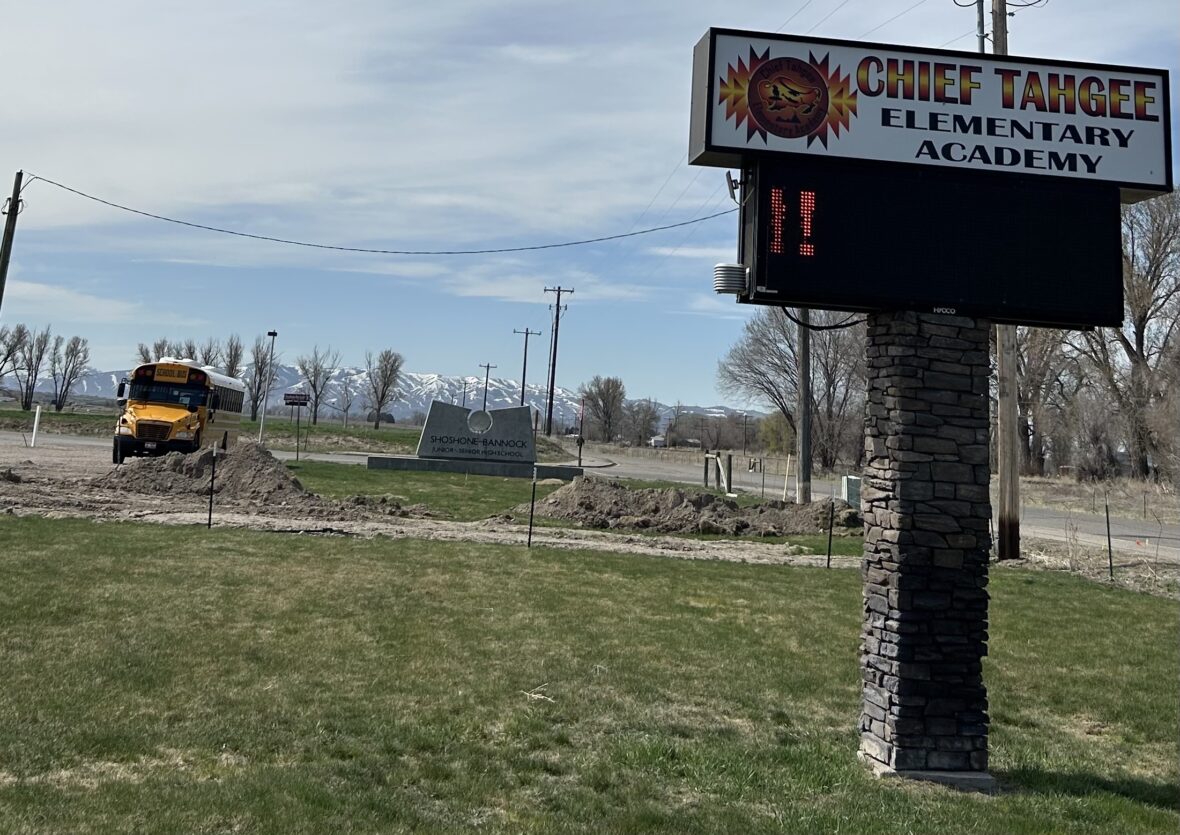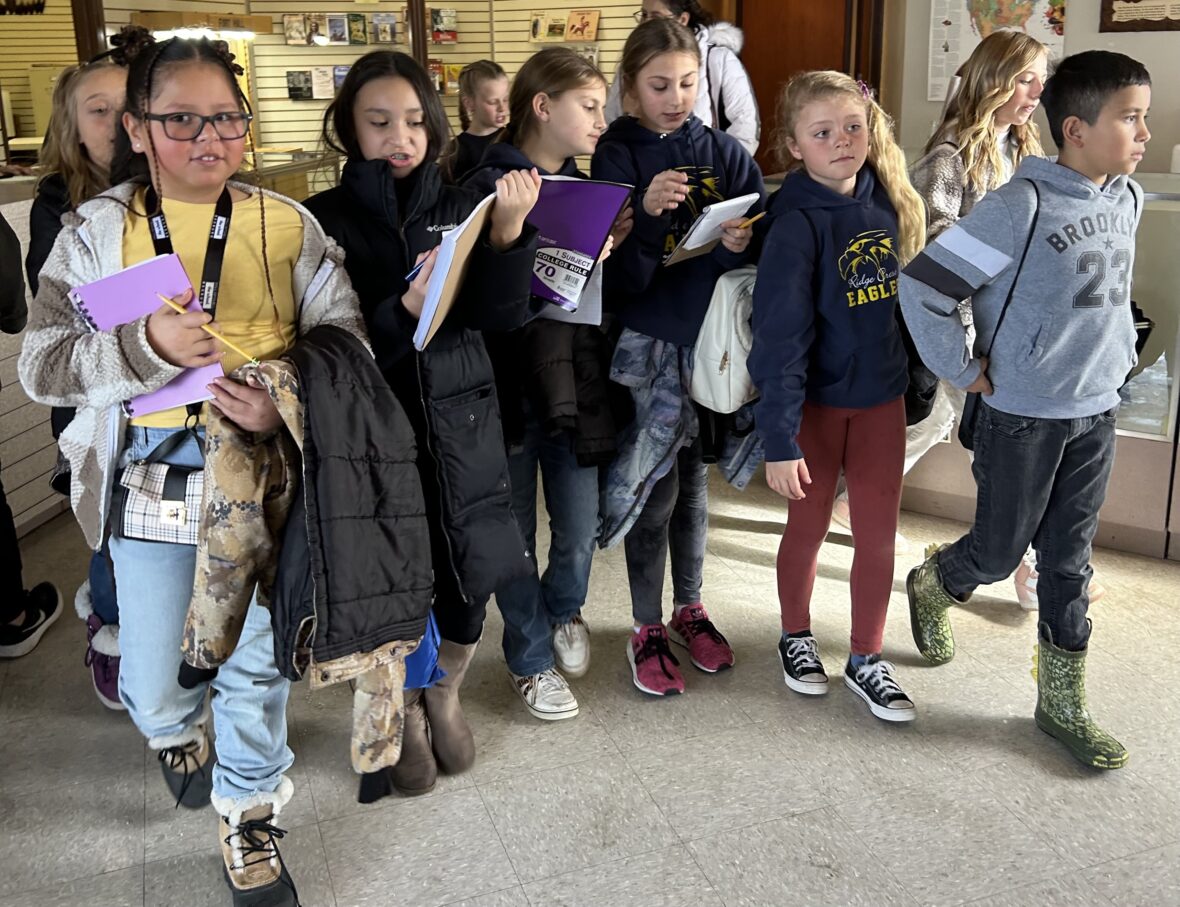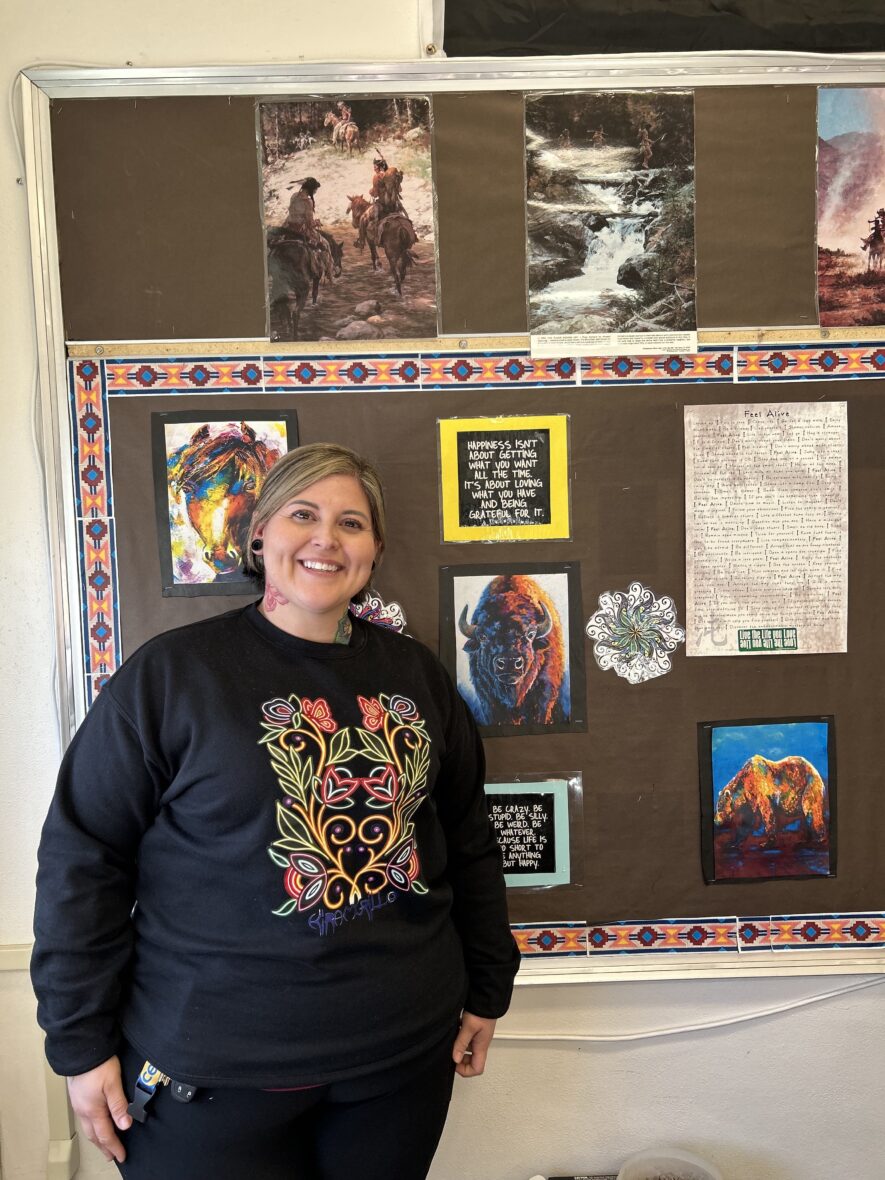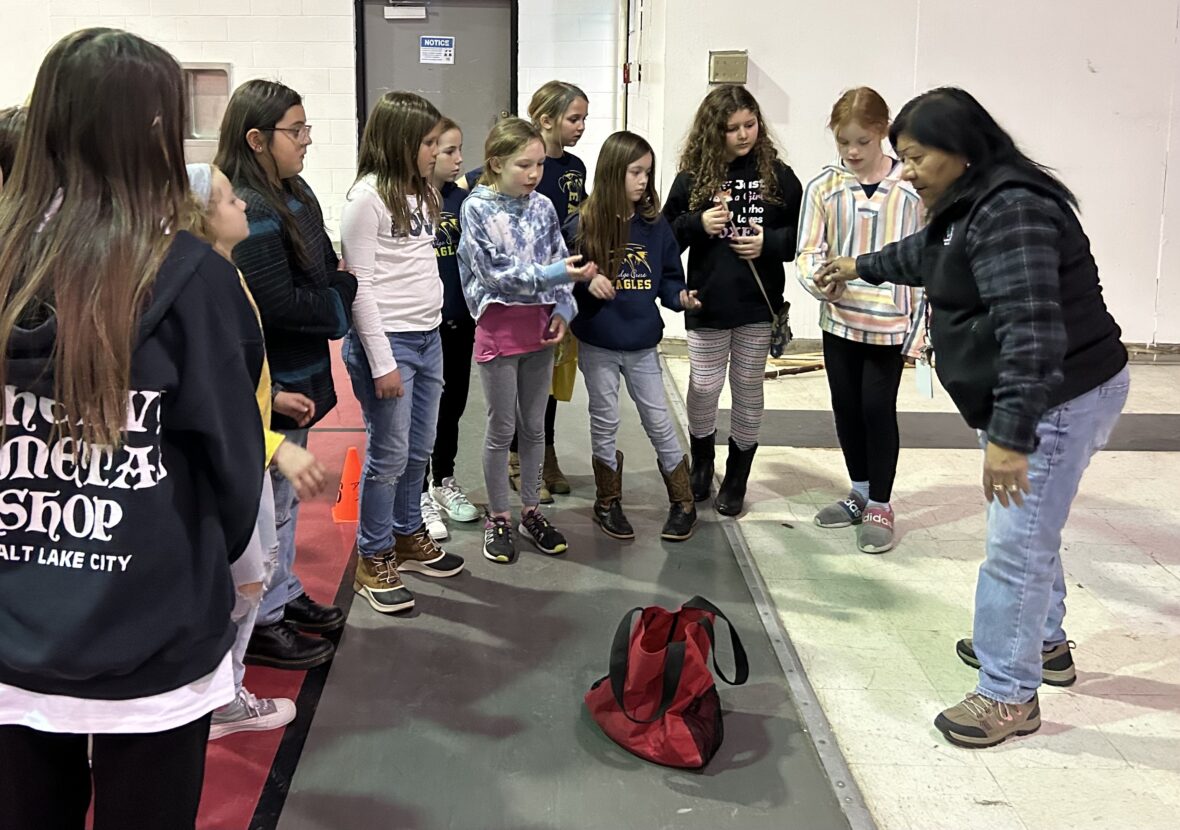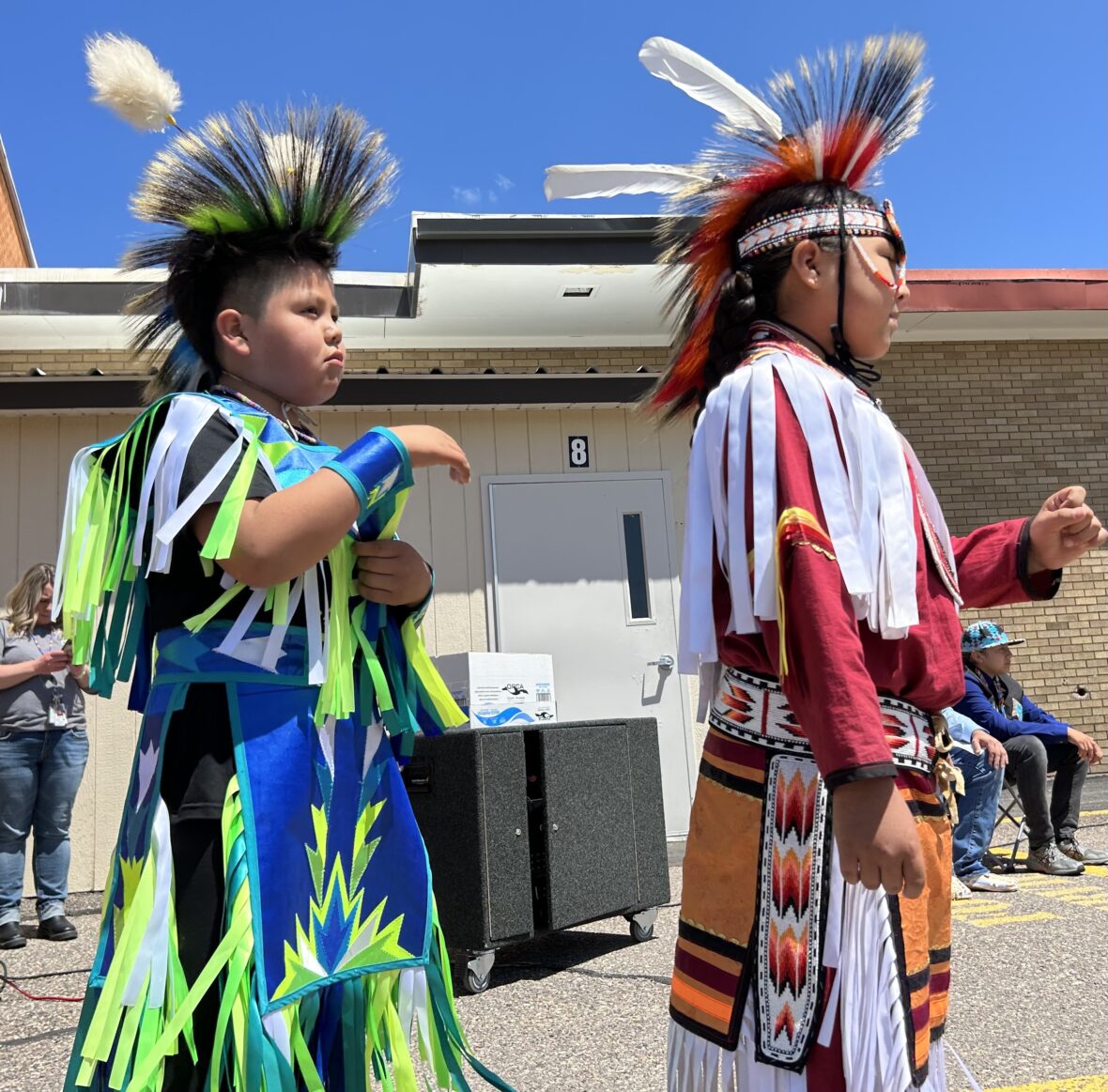Still Here | Tribes fight to be seen in Idaho classrooms
‘Urgent disparities’ persist in Native American education, and state efforts to help have been underwhelming
The data shows alarming achievement gaps, but progress toward closing them is minimal — or nonexistent.
Idaho schools offer piecemeal efforts to upend decades of Native American miseducation
Some are at the forefront, innovating new approaches. Others lag far behind, with little more than a fourth-grade unit on tribes.
Boarding schools’ complicated legacy still haunts Native American communities
SPECIAL SERIES: Tribes, teachers, and federal agencies are working to undo that history and make classrooms a place where Native Americans are seen and celebrated.
A U of I program propels Native Americans into classrooms and redefines what a teacher looks like
It’s a vital step for students and for education, proponents say.
Native American principals, a rarity, create schools where tribal students are seen and celebrated
But education's complicated history with tribes means those leaders are few.
Idaho had six federal Native American boarding schools — here’s what we know about them
SPECIAL SERIES: A new federal report provides maps and details of the schools for the first time.
By the numbers: Achievement data for schools on or near Idaho reservations
Test results may say more about school systems than about students.
Boarding schools, treaties, and tribal sovereignty: What students should know about Native Americans
Leaders in the Indian Education community have been striving to improve Idaho's curriculum. But those efforts can stir controversy.
Idaho’s few Native American teachers infuse their classrooms with culture
Spend some time in the front row.
Photo Gallery: A field trip to a reservation breaks through an invisible wall
Students who usually learn about Native Americans from books had the chance to experience Shoshone-Bannock culture firsthand.
Video Gallery: Pocatello powwow celebrates that “Native American people are still here”
Elementary students share their vibrant culture with peers.

